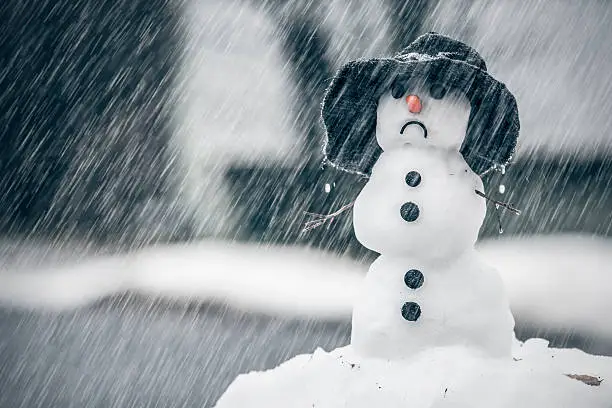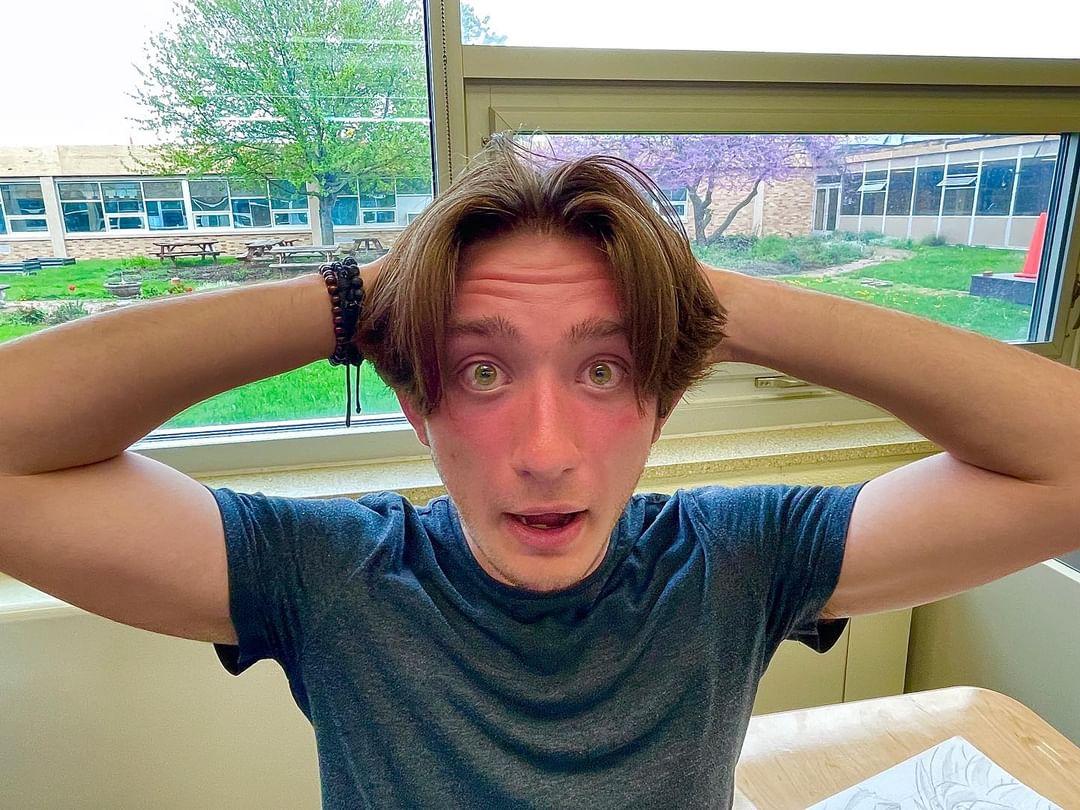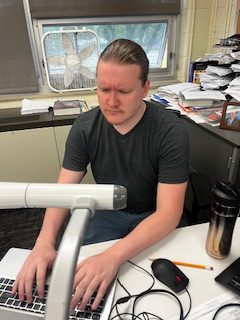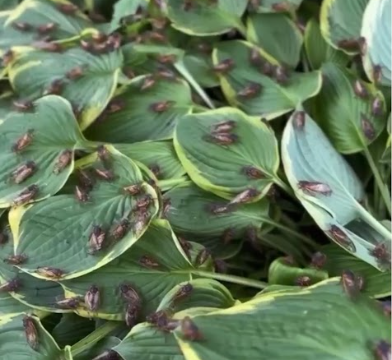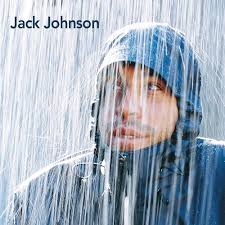The winter season is approaching, and while many people are excited about the holidays and winter activities, not everyone is eager to enjoy these next few months. There is a part of our population that has feelings of depression onset by the sights of snow and shorter days.
Seasonal affective disorder, or “SAD” is something about 5% of adults experience, and it is often prompted by the shorter days and drastic reduction of sunlight compared to the summertime. It is thought that the decrease in sunlight triggers a chemical change in the brain that can lead to symptoms of depression.
“I don’t think seasonal depression is inherited,” said Julia Graham, a junior at Jefferson. “But a lot of people in my family experience it.”
However, it is possible to experience SAD in the summertime, too. It is referred to as the “summertime blues.” About 10% of people who experience SAD are affected in the summer. This can be caused by reduced melatonin levels, consistent with the longer, hotter days and shorter nights that can cause a worsening sleep quality and uprising in depression symptoms.
But is SAD a real, diagnosable thing? SAD is often incorrectly self-diagnosed, but it is a page in the Diagnostic Manual of Mental Disorders (DSM-5). It is identified as a type of depression – Major Depressive Disorder with Seasonal Pattern.
“We learned about SAD, and it is a real thing,” said Colyn Murphy, a college student studying psychology at Rock Valley. “It’s a lot easier to be seen and diagnosed in adults than kids, but 10-20% of kids still express seasonal depressive symptoms.”
SAD is more common in some places than others. For example, the states reported as having the most seasonal depression are Alaska, Vermont, and New Hampshire.
While the compilation of self-diagnosed and doctor-diagnosed populations of residents is large in the Midwest (about 39%), about 36% of those living in all other continental U.S. regions experience SAD, too.
“My family’s lived in the Midwest for a long time, and it’s always been something we’ve had to deal with, but we’ve also come across lots of things that help us work through it,” said Graham.
If you experience or are diagnosed with SAD, there are things that can help, other than prescribed medications. Light therapy can help, along with exposure to the sun, and it is thought that Vitamin D supplementation may also help relieve symptoms.
There is an exponential amount of oversight when it comes to SAD, and that is because it is thought by many people not to be a “real thing.” But we have learned that SAD is a real, diagnosable problem that many people experience, and there are ways to overcome it.
“Seasonal depression is something anybody can go through, and I think, it’s something anybody can work at and work through,” said Murphy.


